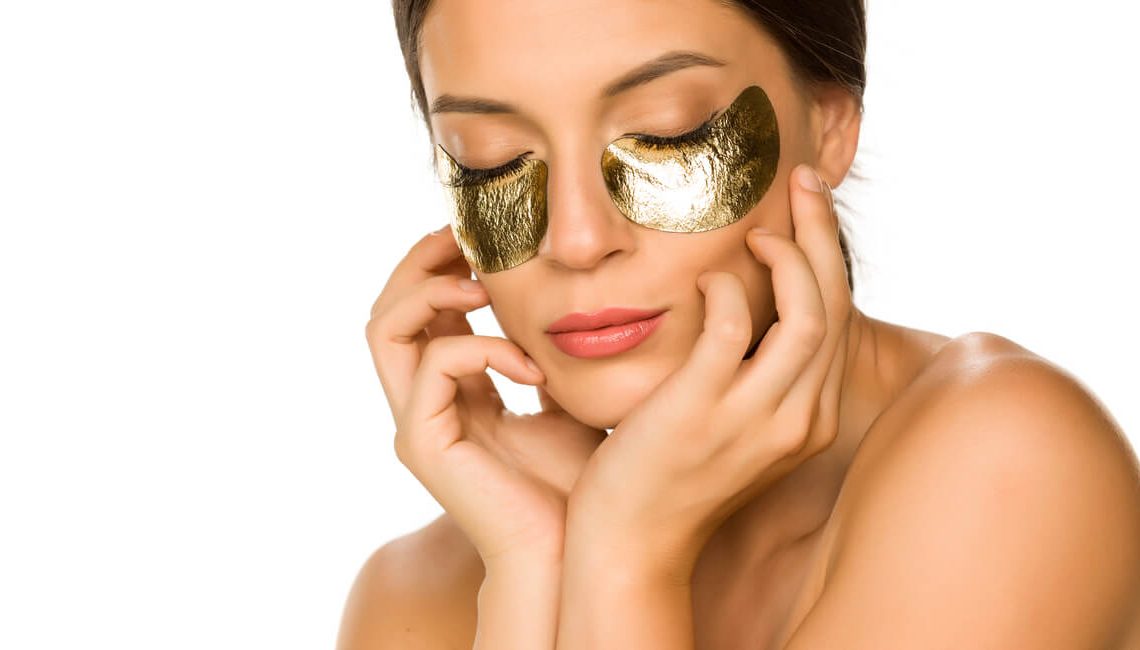
Dark circles, wrinkles and bags make us look older and more tired. Though they are a more aesthetic than a medical problem, they have profound effects on our quality of life and must be treated appropriately.
Among the most common and early-onset skin blemishes, dark circles are a concern for many patients. They can appear even at the youngest age and are always a sign of a force to be reckoned with. Health problems, mainly related to excess weight and obesity, but also metabolic, hormonal and skin diseases (for example atopic dermatitis) manifest with dark circles.
In other cases the predisposition to developing dark circles can be genetic or linked to the patient skin type (usually affecting subjects with diaphanous or olive-coloured skin). In all these cases a medical approach is essential, at least to immediately establish the causes and identify a remedy. Dark circles may in fact be due to melanin overproduction, to epidermal hyperplasia resulting in inflammation or to excessive thinning of the eyelid skin (which reveals the color of the blood vessels and other underlying structures) and each of these conditions deserves specific treatment. In some cases even the use of local infiltrations of hyaluronic acid can be very effective, provided a specialist is consulted, given the particularly delicate anatomy of this area.
Over time, especially when lacking appropriate attention, the eye contour is affected by cutaneous aging prematurely compared to other skin sites, and “weighs down” the eye. Eyelid laxity causes sagging and wrinkles that must be treated with specific anti-aging products based on hyaluronic acid and antioxidant- and toning substances. In many cases, however, this isn’t enough, and one must resort to injective treatments (for which the same considerations made above apply). If laxity involves the entire eyelid structure, a blepharoplasty may be appropriate. The latter becomes mandatory in two cases: when the upper eyelid tends to reduce the visual field (blepharocalase), and when the lower eyelid lowers to such a point as not to allow the perfect closure of the eyelid rim (lagophthalmos).
Eyelid sagging can also result in skin laxity and/or periocular liquid stagnation. A correct lifestyle, eating healthy and avoiding smoking and drinking, using specific draining and calming products and applying them with a slight twisting motion of the fingertips, can all help. However, there are situations in which the problem of under-eye bag formation is deeper and more structural, namely due to herniations of the adipose tissue normally present in the ocular cavity of the skull (a cushion that wraps the eyeball for protection). These herniations can only be treated with surgery (blepharoplasty) so expectations on how much can be obtained by using cosmetic products and more superficial treatments should be toned down.
Unfortunately, there are no eye care products that can address all or even most of the blemishes in this delicate area. Even the most expensive products can’t make a difference; despite their marketing boasting amazing effects or miraculous ingredients.
Article of Dr Adele Sparavigna for https://4me.styl


